For decades, green screens have been an essential tool in movie making. From sci-fi epics to comic book adaptations, filmmakers have used green screen technology to create incredible special effects and transport viewers to incredible worlds. But in recent years, green screens have become less popular, replaced by new and improved technologies.
The decline of green screens can be attributed to several factors. For one, the technology has become increasingly expensive. As new and more advanced technologies have become available, green screens have become cost-prohibitive for many filmmakers. Additionally, green screens are often seen as “dated” and can detract from the realism of a scene. Finally, green screens can be time-consuming to set up and use, and many directors are now opting for faster and easier methods of creating special effects.
Despite the decline of green screens, they are still an important part of movie making. For certain scenes, green screens are still the best option for creating a realistic effect. Additionally, green screens can still be a cost-effective way of creating certain effects. Finally, green screens are still being used in certain types of films, such as those featuring superheroes and other fantastical creatures.
Overall, it is clear that green screens are no longer the go-to choice for movie makers. However, they are still a valuable tool for certain scenes and types of films. With the right budget and the right team, green screens can still be used to create amazing special effects.
The use of green screens in the film industry has been popular for many years, but the way filmmakers are using them is changing. Green screens are now being used in ways that make them less visible, allowing for more realistic-looking scenes. This has allowed for the creation of more immersive worlds, as filmmakers can create realistic backdrops for their films.
The use of green screens also allows for greater freedom when creating special effects. With the use of green screens, filmmakers can create scenes that would be impossible to recreate in the real world. This has allowed for the creation of some incredible visuals and effects.
However, the use of green screens is not without its drawbacks. As the technology has advanced, the cost of creating green screens has gone up. This has led to a decrease in the use of green screens in smaller productions, as they are often too expensive to incorporate into them.
It is also worth noting that green screens can be used in a way that makes them too obvious. If a green screen is used incorrectly, it can make the scene look artificial and take away from the realism of the film. This is why filmmakers have to be careful when using green screens and make sure that they are used in the right way.
Overall, green screens are still being used in the film industry, but the way they are used is changing. They are now being used in ways that make them less visible, allowing for more realistic-looking scenes. However, the cost of creating green screens has gone up, leading to a decrease in their use in some productions.
The movie industry has seen a lot of changes over the years, but one technology that has been around for quite some time is green screens. Green screens are used to add special effects, backdrops, and other visuals to films, and many people assume that they are on the way out. However, green screens are still being used today and are likely to remain a popular choice for filmmakers for some time to come.
Green screen technology has come a long way in the last few years. The quality of the images is now much higher than it used to be, and filmmakers have a lot more control over the visuals they create. The technology is also becoming more affordable, allowing more people to access it and use it in their films. As the technology continues to develop, it is likely that green screens will remain an important part of the movie-making process.
In addition to improving the technology, filmmakers are also experimenting with different ways to use green screens. For example, some filmmakers are using green screens to create interactive scenes, allowing viewers to choose how the scene plays out. Others are using green screens to create virtual sets, allowing them to create realistic backdrops without having to build physical sets.
It seems that green screens will continue to be an important part of the movie-making process for the foreseeable future. The technology is constantly improving and filmmakers are becoming more creative with how they use it. If anything, green screens are likely to become even more popular as filmmakers continue to explore the possibilities offered by this technology.
The use of green screens in film production has come a long way since its first use in the 1950s. From the introduction of digital technology to modern advancements in visual effects, green screens have become a staple in the movie making process.
In the 1950s, the first green screens were used for special effects in films such as The War of the Worlds and The Ten Commandments. These early green screens relied on an optical printer, which was used to composite two images together. This allowed filmmakers to add elements of fantasy and science fiction to their films.
In the 1980s, green screens began to be used more widely as digital technology developed. Filmmakers could now composite images digitally, which allowed for more control over the results. This technology was used in films such as Terminator 2 and Jurassic Park.
Today, green screens are used in virtually all films, from big budget blockbusters to independent films. The technology has advanced significantly, allowing filmmakers to create realistic and believable effects. Green screens are also used to create virtual sets and environments, which allows filmmakers to create larger and more complex scenes.
While green screens have become an essential tool for filmmakers, there has been a recent trend towards more practical effects and real-world filming. This has led some to question whether green screens are becoming less popular in movie making.
However, green screens are still a valuable tool for filmmakers, and are likely to remain an important part of the filmmaking process for years to come. The technology is constantly evolving, and green screens will continue to be used to create stunning visuals and special effects.
Green screens have long been a staple of movie and television production. They're used to create special effects and composite imagery that would otherwise be impossible to achieve. However, in recent years, there has been an increasing trend towards using alternatives to green screens in movie making.
One of the most popular alternatives is the use of LED walls. LED walls are made up of hundreds of tiny LED lights, which can be programmed to display any color or pattern imaginable. This provides a much more versatile and dynamic way to create special effects, compared to the limited range of colors that can be achieved with a green screen.
Another popular alternative is the use of projection mapping. This involves projecting a video or animation onto a physical object, such as a wall or sculpture. This can be used to create incredibly detailed and realistic effects that would be difficult or impossible to replicate with a green screen.
Finally, motion capture is becoming increasingly popular in movie making. This involves using cameras and sensors to capture an actor's movements, which can then be used to create incredibly realistic digital effects. This is a much more efficient and cost-effective way of creating special effects, compared to the labor-intensive process of shooting against a green screen.
Overall, it appears that green screens are slowly but surely being replaced by more advanced and cost-effective alternatives in movie making. While green screens are still used in some cases, it seems that the days of them being the go-to choice for creating special effects are coming to an end.
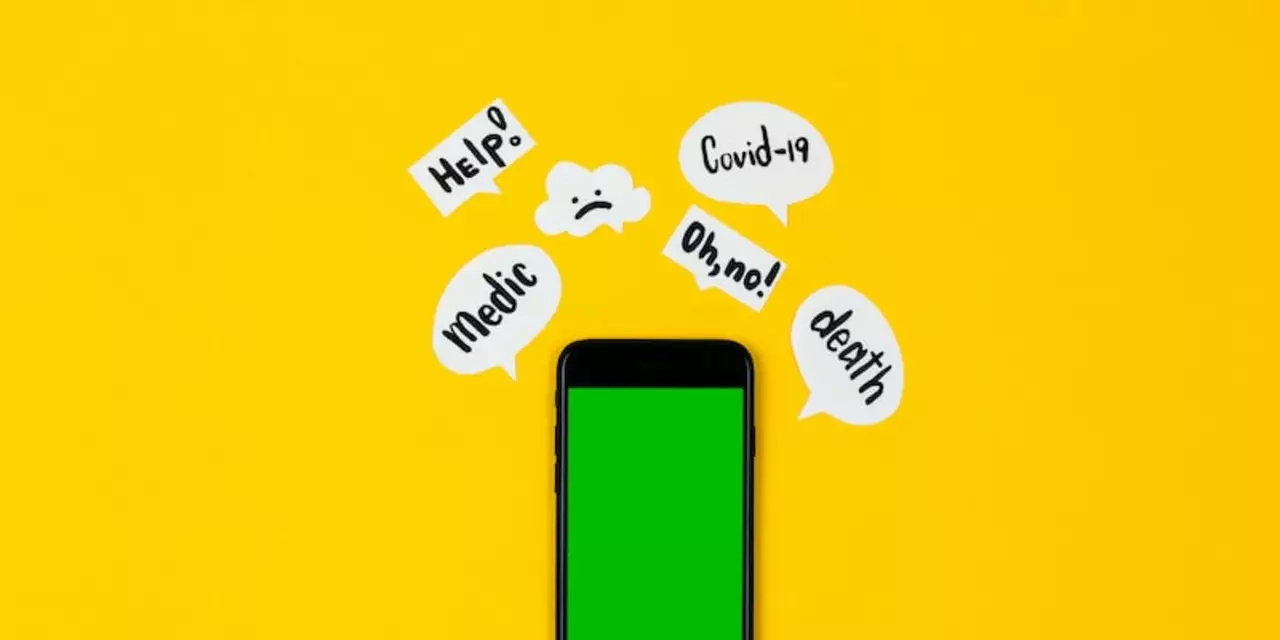

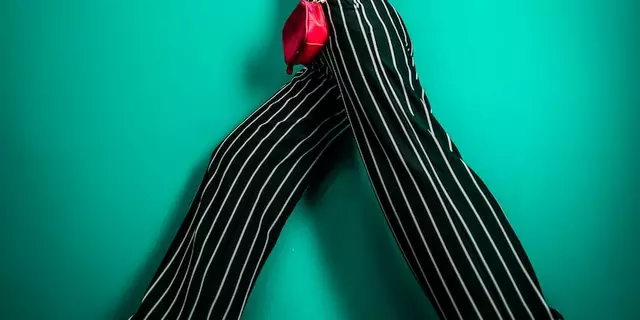
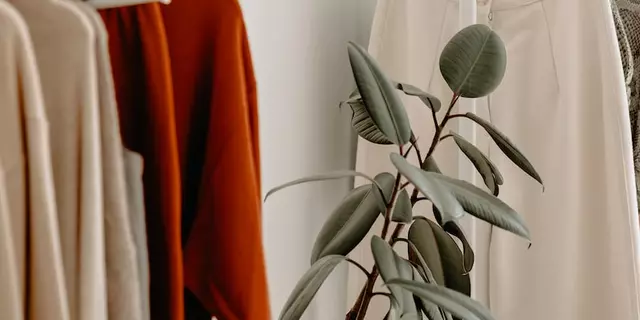
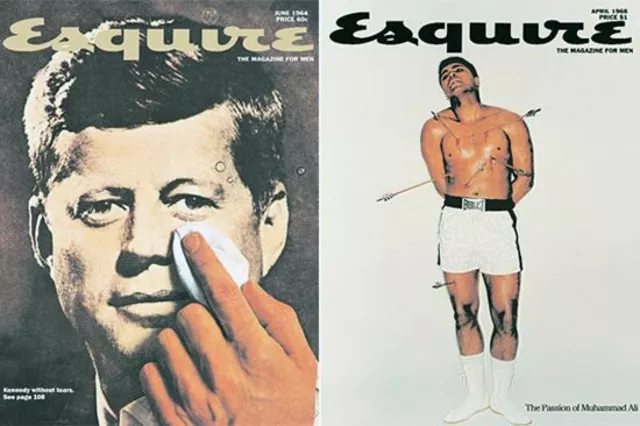
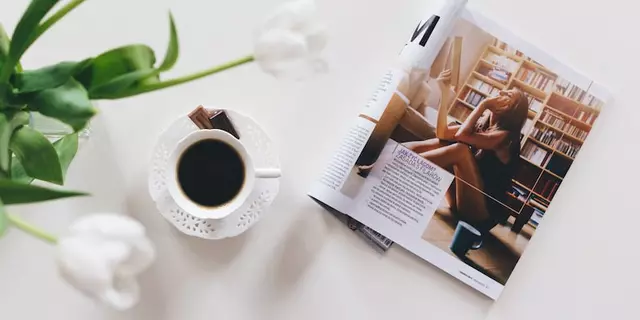
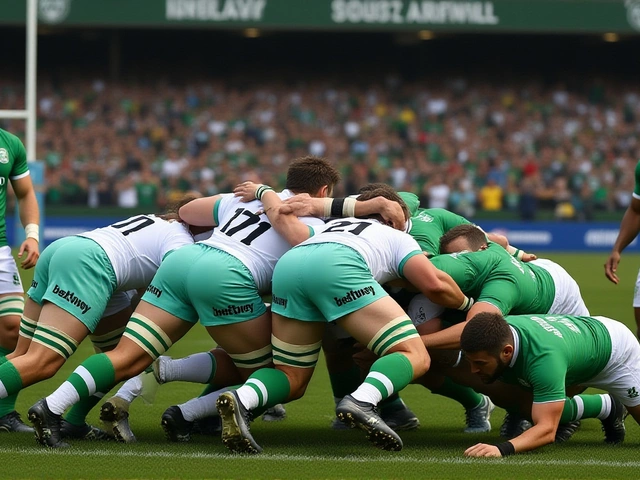
Post A Comment